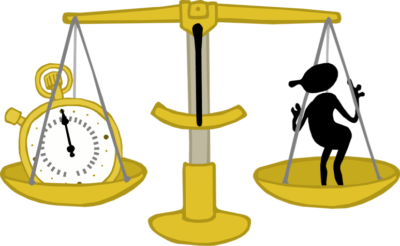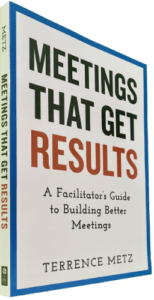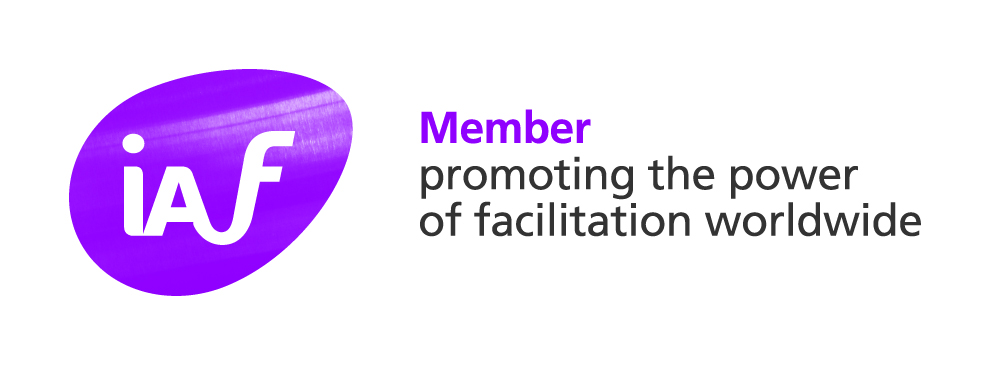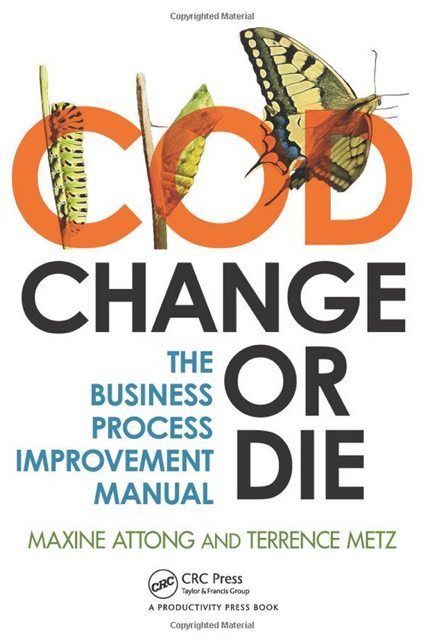Most meeting participants embrace a set of similar values with different priorities. The difference lies in their relative strength, or ranking of the values.
Participants’ rankings however are not static. Their ranking changes based on their perspective at the moment.
Hiring Characteristics as an Example
When selecting, interviewing, and hiring associates, most human relations experts would agree that five of the core characteristics that are sought in new hires include (listed alphabetically):
- Capacity (mental)
- Integrity (moral)
- Knowledge and Experience (physical)
- Motivation (emotional)
- Understanding (intellectual)
Traditional Prioritization
Frequently, Knowledge and Experience filter out and disqualify potential hiring candidates. Next Understanding, typically reflected by educational degrees, may be used to filter more desirable from less desirable candidates. Next, Capacity is tested, frequently using actual test instruments about personality, cognitivity, and comprehension. Integrity is then considered, including perhaps, background checks to verify information and uncover undisclosed facts. Finally, Motivation is considered, but generally accepted, since it is assumed that those seeking employment are motivated by monetary gain, at minimum. Arranged in a sequence of priority, the characteristics line up as follows:
- Knowledge and Experience (physical)
- Understanding (intellectual)
- Capacity (mental)
- Integrity (moral)
- Motivation (emotional)
Potential Prioritization
Pretend you own the company, however. Contrary to the prioritization above, you would probably embrace the following prioritization when hiring a new employee:
- Integrity; because without integrity, all other actions are suspect at best, and dangerous at worst.
- Motivation; because without motivation, all other actions (or inactions) may be shallow.
- Capacity; because without mental capacity, actions may be blind.
- Understanding; because without understanding actions are impotent.
- Knowledge and Experience; Lastly without the attributes above, actions are misdirected or useless.
Note with the re-prioritization above, the complete reversal from Experience as number one to least important as number five. Participants with a bias toward the Traditional Prioritization will conflict, and make building consensus challenging when confronted by participants using the Potential Prioritization, or some other variation.
As a facilitator, what can you do about it? We discuss the proper sequence for building consensus around conflicting prioritization in other articles, The Three Steps to Conflict Resolution: Appeal to Purpose, Active Listening, and Enterprise Objectives.
______
Don’t ruin your career by hosting bad meetings. Sign up for a workshop or send this to someone who should. MGRUSH workshops focus on meeting design and practice. Each person practices tools, methods, and activities every day during the week. Therefore, while some call this immersion, we call it the road to building high-value facilitation skills.
Our workshops also provide a superb way to earn up to 40 SEUs from the Scrum Alliance, 40 CDUs from IIBA, 40 Continuous Learning Points (CLPs) based on Federal Acquisition Certification Continuous Professional Learning Requirements using Training and Education activities, 40 Professional Development Units (PDUs) from SAVE International, as well as 4.0 CEUs for other professions. (See workshop and Reference Manual descriptions for details.)
Want a free 10-minute break timer? Sign up for our once-monthly newsletter HERE and receive a timer along with four other of our favorite facilitation tools, free.

Terrence Metz, MBA, CSM, CSPF, PSP01, HTTO1, is the Managing Director of MG RUSH Facilitation Leadership, Training, and Meeting Design, an acknowledged leader in structured facilitation training, and author of “Meetings That Get Results – A Facilitator’s Guide to Building Better Meetings.” His FAST Facilitation Best Practices blog features nearly 300 articles on facilitation skills and tools aimed at helping others lead meetings that produce clear and actionable results. His clients include Agilists, Scrum teams, program and project managers, senior officers, and the business analyst community among numerous private and public companies and global corporations. As an undergraduate of Northwestern University (Evanston, IL) and an MBA graduate from NWU’s Kellogg School of Management, his professional experience has focused on process improvement and product development. He continually aspires to make it easier for others to succeed.









